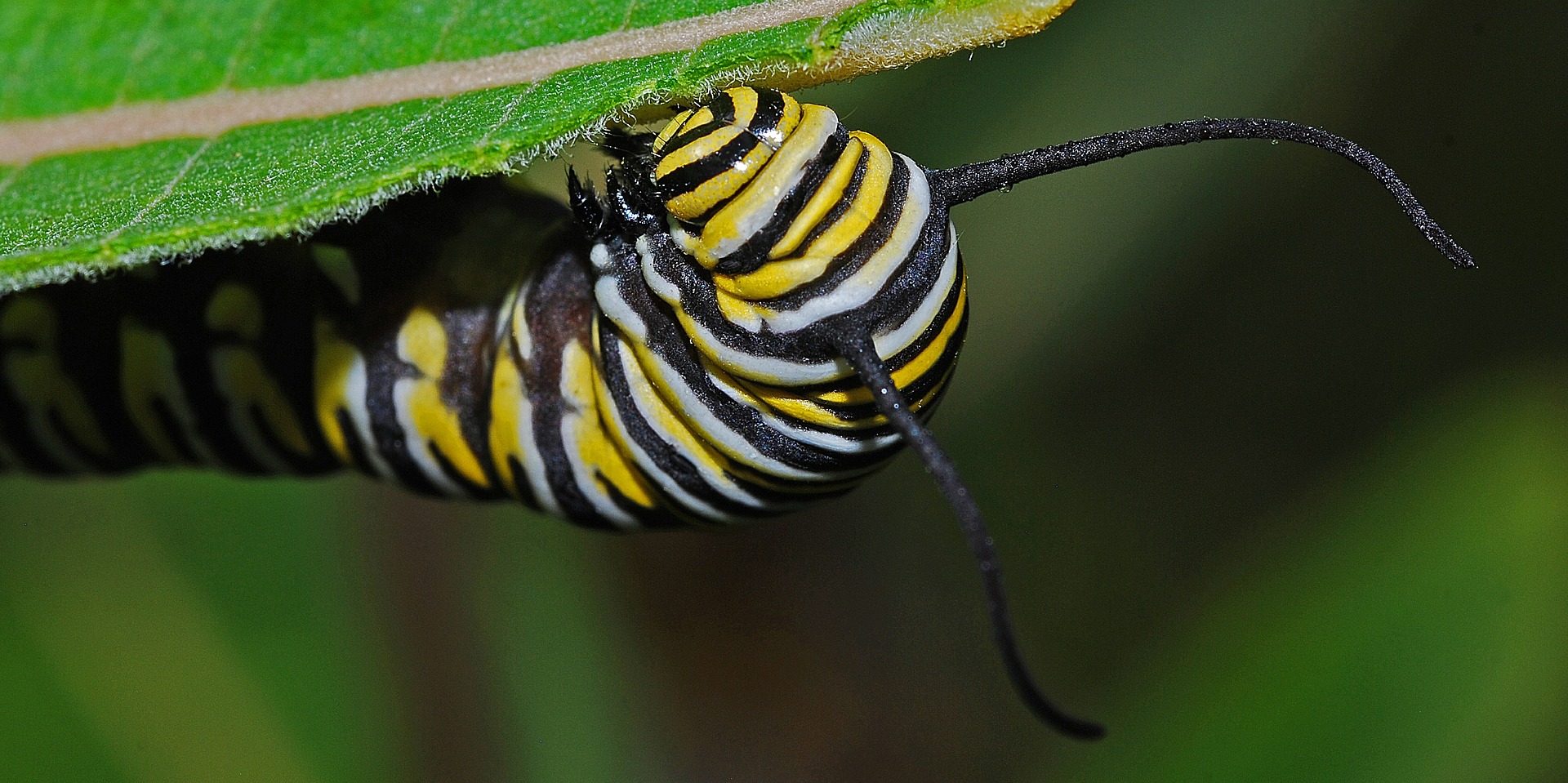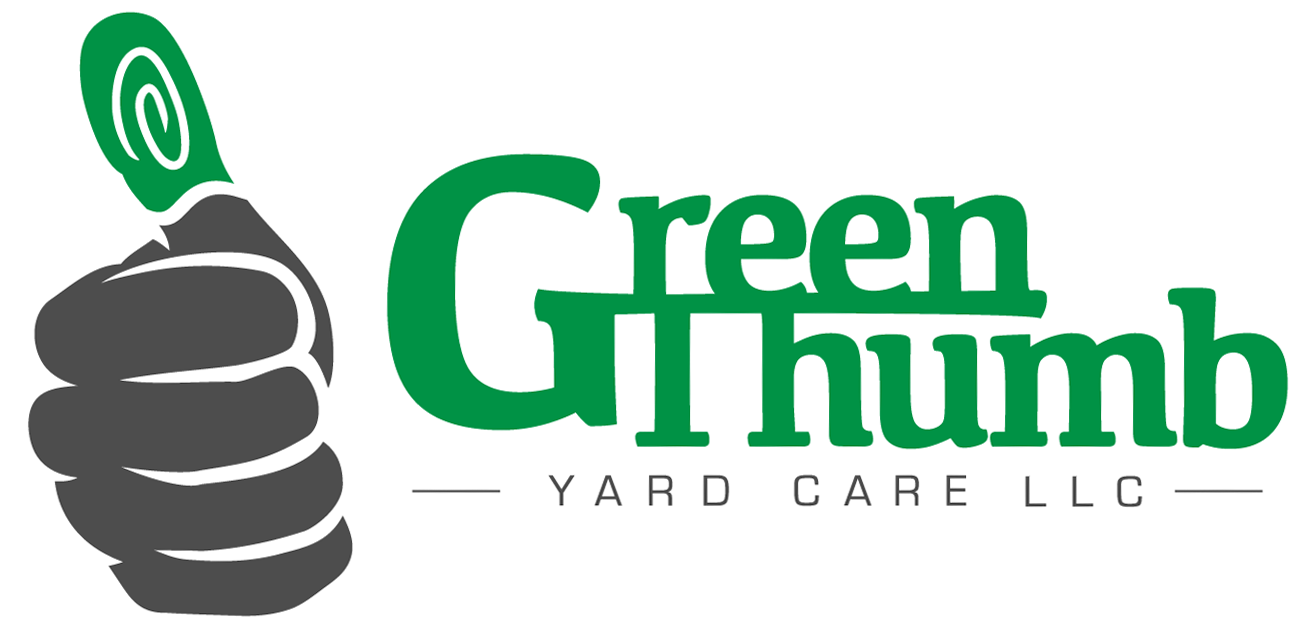How to Attract and Grow the Monarch Butterfly Population
Seeing the monarch butterflies migrate to Mexico and Southern California is a treat that we get to enjoy each year. These pollinators can’t withstand the cold winters in our Mid Atlantic region, but they come here to lay their eggs each year. If you enjoy the monarch butterfly, you should definitely read the entirety of this post to learn more about them!
As of writing this, it is August 12, 2018, and I am just starting to see monarch butterflies appear in our area. We service 100+ lawns, and I have noticed that these butterflies can’t stay away from the customers who plant milkweed. It is easy to lose track of time as you watch their wings flutter around and they dance from flower to flower.

Attracting Monarch Butterflies
Luring monarchs onto your property is fairly easy. Try planting milkweed in your gardens. These butterflies only lay their eggs on the milkweed plant. When the eggs hatch, they feed on the plant. The milkweed contains a toxin that makes the monarch butterflies poisonous for predators to eat. Milkweed is also responsible for the orange and black coloration. Without milkweed, monarchs would not be able to reproduce.
By planting milkweed you are doing more than just attracting butterflies. You are also helping the monarch population grow. Scientists estimate that their population has decreased around 90% in the last 2 decades! Some other plants that attract them include Butterfly Bush, Coneflowers, and Asclepias.
